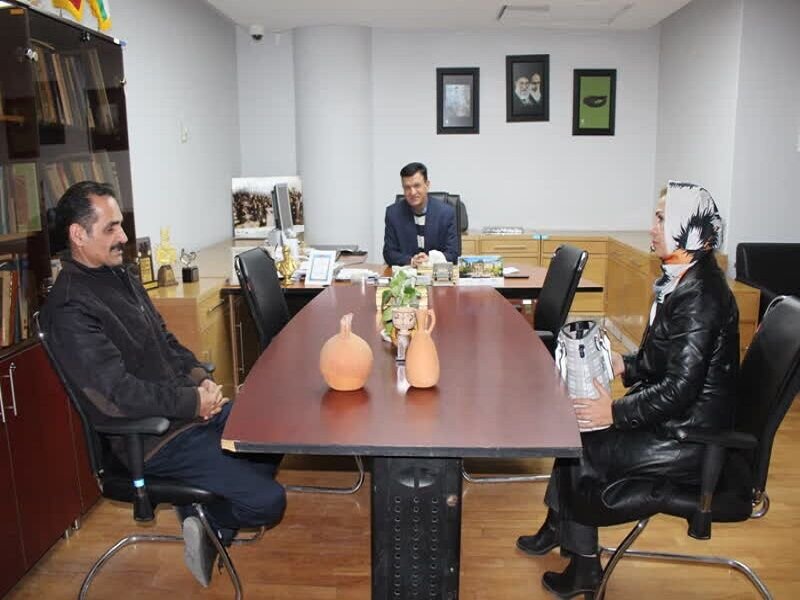Iron Age jars donated to Mashhad museum

TEHRAN - An Iranian woman has recently donated millennia-year-old clay jars to a cultural heritage museum in Mashhad, situated northeast of the country.
Marzieh Ebrahimpur, who is a cultural heritage enthusiast, has donated two earthen jars to the Great Museum of Khorasan, IRNA quoted the museum’s director as saying on Tuesday.
Estimated to date back to the Iron Age, the clay jars are of significant historical value, Ali Safarnejad said.
Donating historical works is one of the good traditions that enrich the museum and provide the necessary grounds for keeping these historical works in proper conditions, the official stated.
Iron Age is the final technological and cultural stage in the Stone, Bronze, and Iron Age sequence. The date of the full Iron Age, in which this metal, for the most part, replaced bronze in implements and weapons, varied geographically, beginning in the Middle East and southeastern Europe about 1200 BC but in China not until about 600 BC, according to the Encyclopedia Britannica.
In Iran, the term Iron Age is employed to identify a cultural change that occurred centuries earlier than the time accorded its use elsewhere in the Near East, and not to acknowledge the introduction of new metal technology.
As mentioned by Encyclopedia Iranica, Iron artifacts were unknown in Iran until the 9th century BC (the cultural period labeled Iron Age II), centuries after the phase designated as Iron Age I came into existence.
Iranian sites with levels identified as dating to the Iron Age were first excavated in western Iran at Sialk, and later in northwestern Iran around the west, east, and south shores of Lake Urmia, close to the Zagros mountains bordering Mesopotamia and Anatolia. These sites remain to date the best-documented full-range Iron Age sites in western Iran.
Written sources are rare at Iranian Iron Age sites, and locally written texts are non-existent. Indirect historical reference to the region begins in the 9th century BC when Assyrian royal texts first refer to various polities in northwestern and western Iran; these references continued into the 7th century. However, relating the Assyrian-named polities with on-the-ground sites is difficult; in fact, not one excavated Iranian Iron Age site has been conclusively identified by its ancient name—although suggested identifications have been brought forth.
AFM
